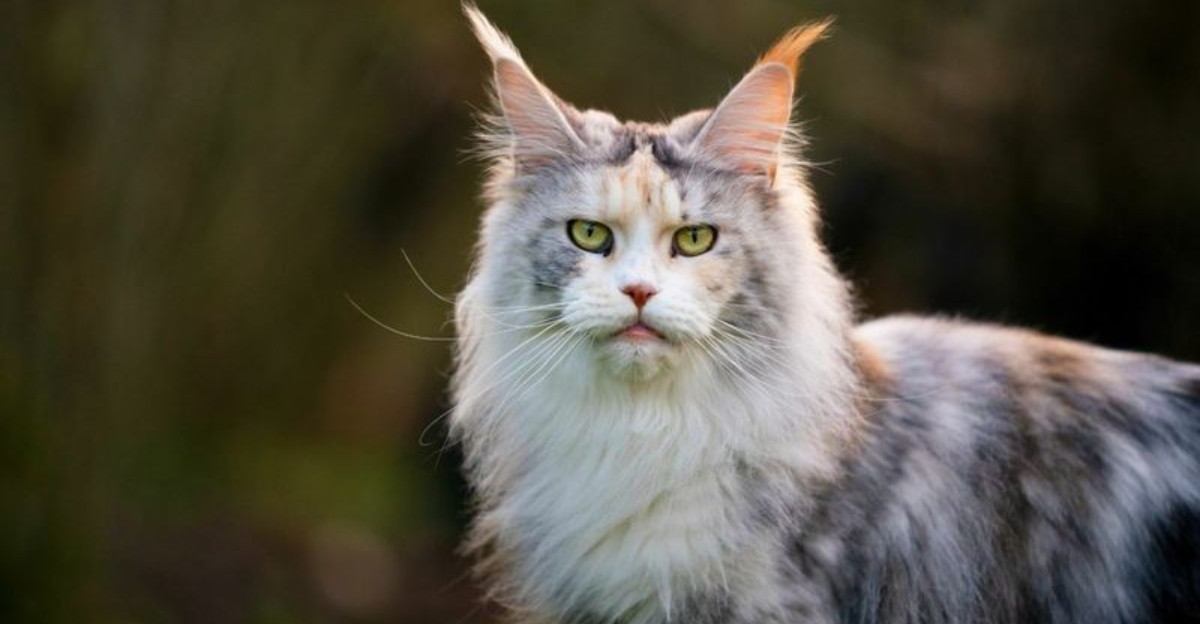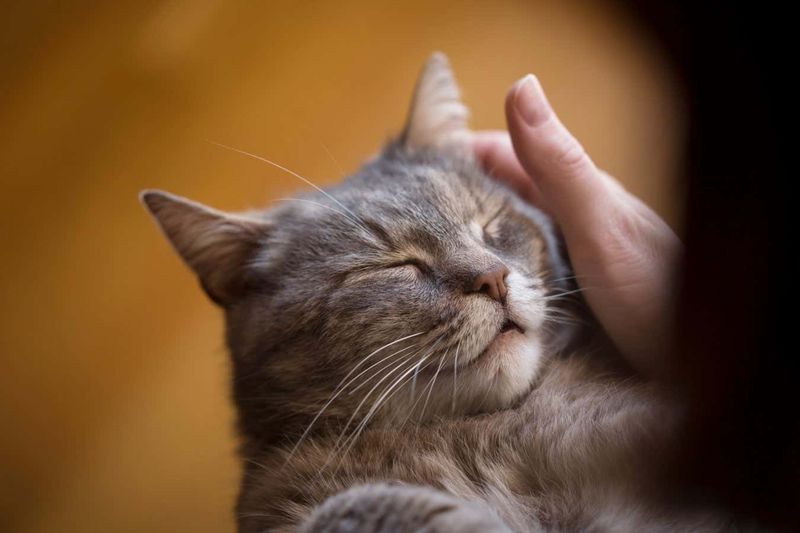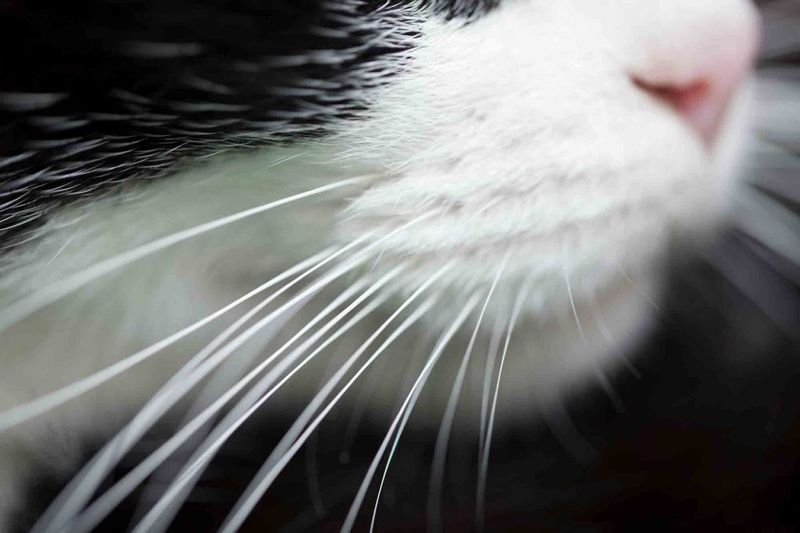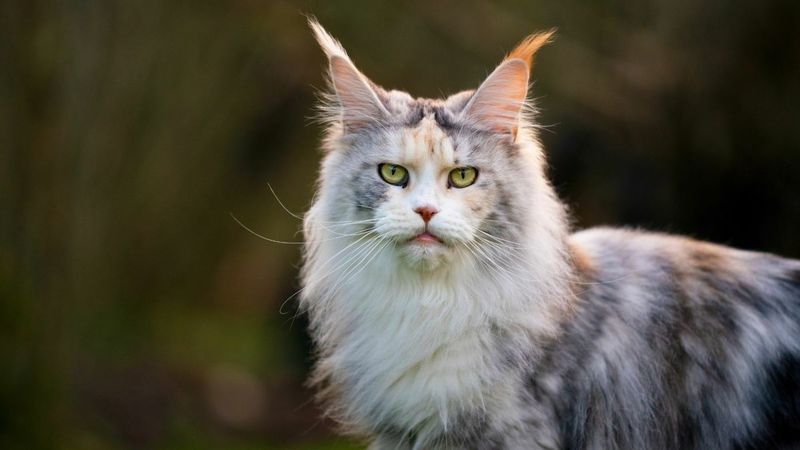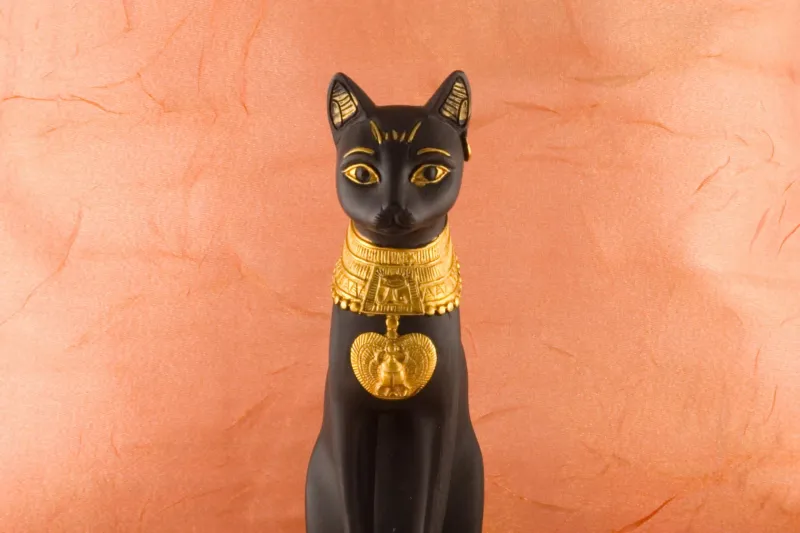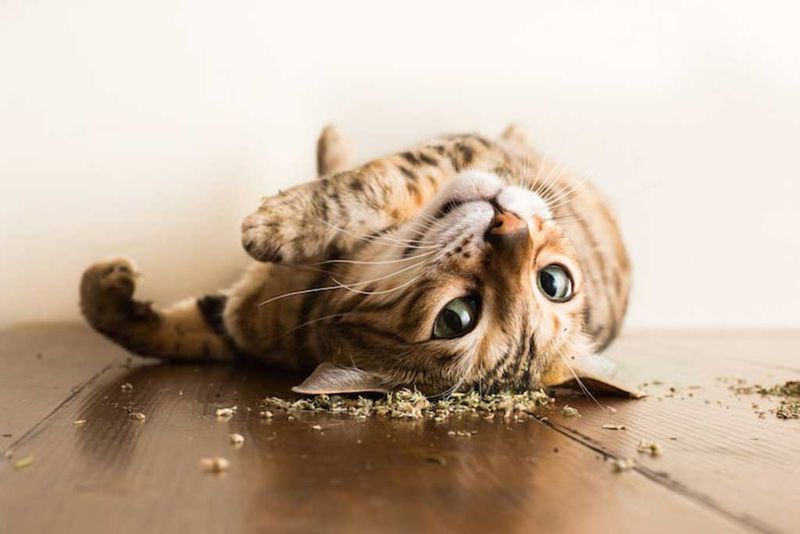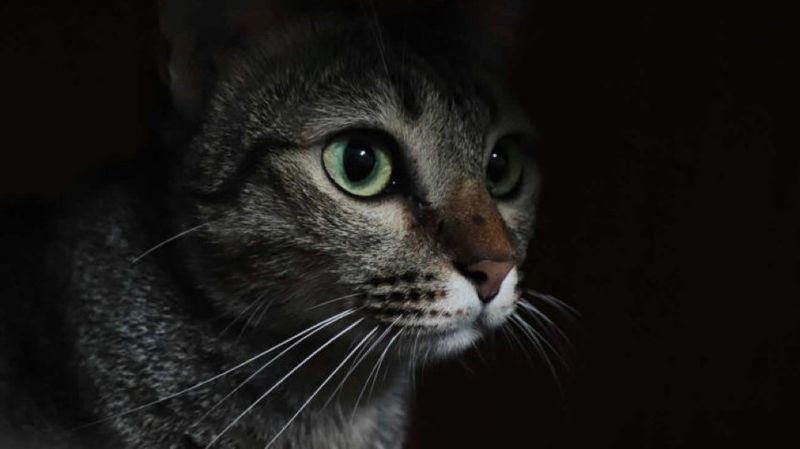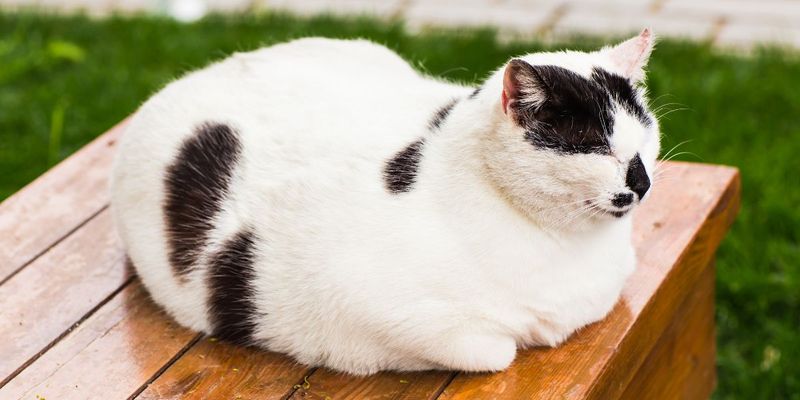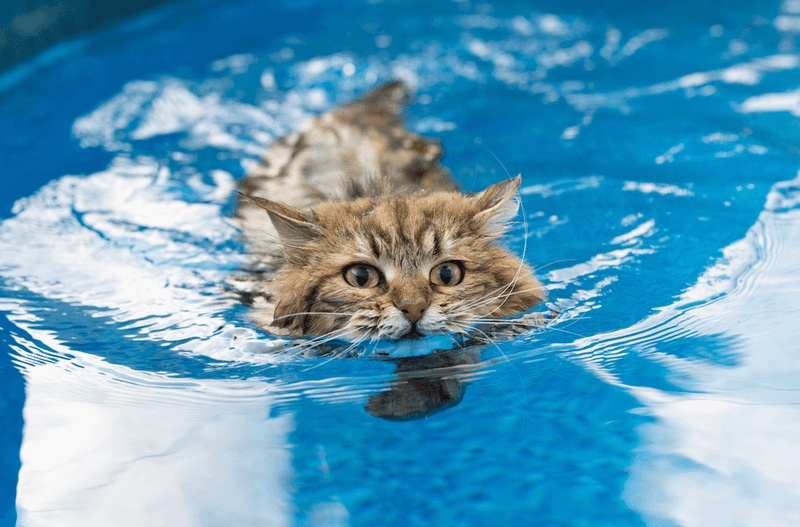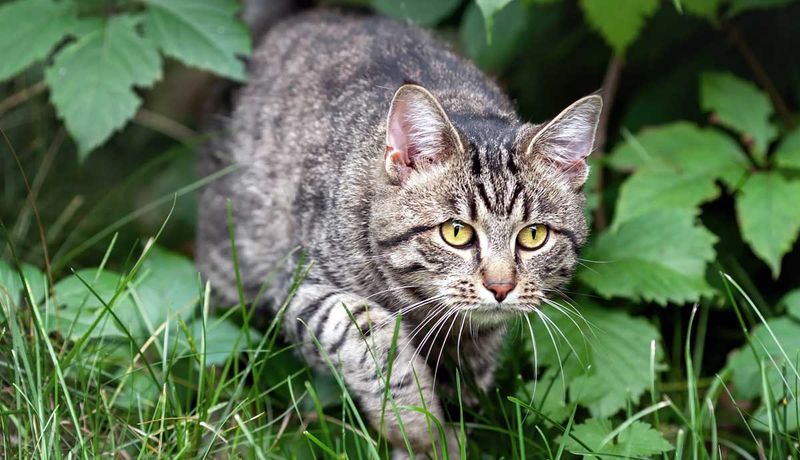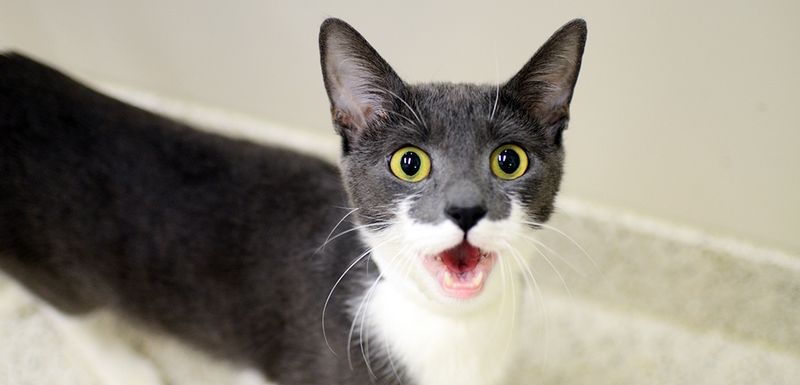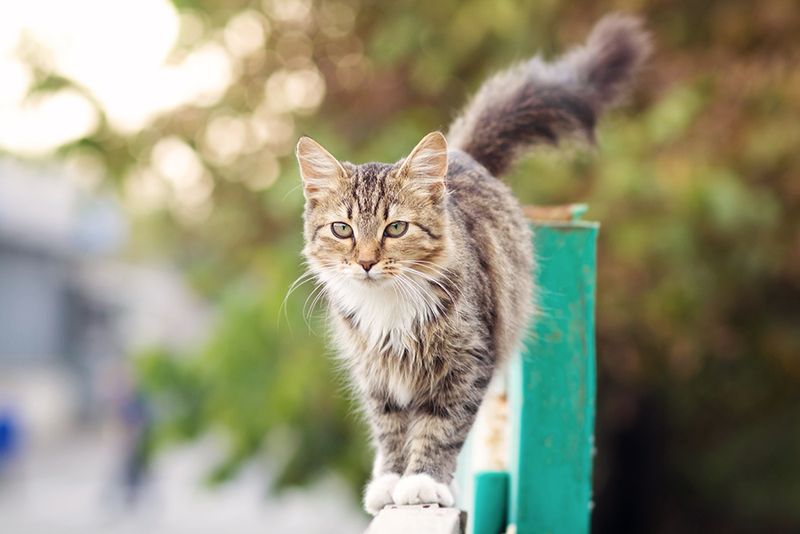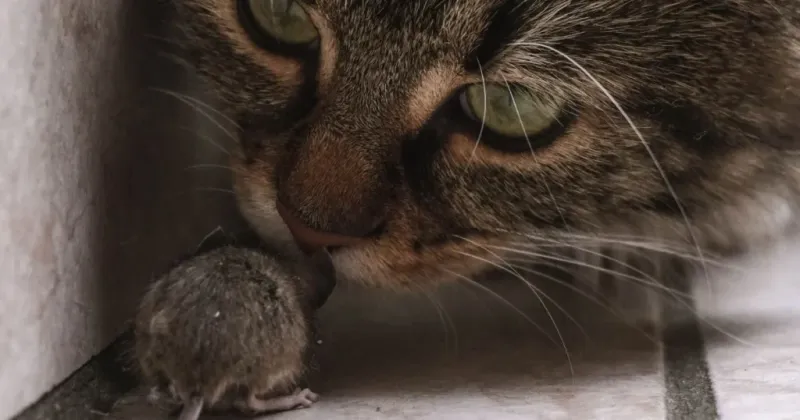📖 Table of Content:
- 1. The Purring Mechanism
- 2. Whisker Sensitivity
- 3. Unique Cat Breeds
- 4. Cats in Ancient Egypt
- 5. Cat Communication
- 6. The Mysterious Catnip
- 7. Night Vision Abilities
- 8. The ‘Kitty Loaf’ Pose
- 9. Cats and Water Aversion
- 10. Cats’ Hunting Instincts
- 11. The Famous ‘Meow’
- 12. Cats and Their Tails
- 13. Cats as Professional Mousers
Cats have captivated human attention for centuries with their mysterious behavior and graceful presence. Their quiet independence, sudden bursts of playfulness, and knowing stares have sparked curiosity across cultures and generations. Whether lounging in sunbeams or leaping across furniture, they exude a charm that’s hard to resist.
Beyond their surface-level cuteness lies a world of fascinating traits and surprising abilities. From unique communication styles to impressive physical skills, cats are full of unexpected quirks. These traits not only define their personalities but also set them apart in the animal kingdom.
Learning more about cats reveals just how complex and interesting they truly are. Each fact adds a new layer to the appreciation of their character and behavior. For those who observe closely, cats are never just pets—they’re endlessly intriguing companions.
1. The Purring Mechanism
Ever wondered how cats purr? The soothing sound we associate with contentment is more complex than it seems. Cats produce purring by rapidly contracting and relaxing the muscles within their larynx. This occurs 25 to 150 vibrations per second, creating the rhythmic hum.
The act of purring isn’t just for pleasure; it also has a calming effect on cats. Some scientists even believe it aids in healing bones and wounds. Next time your furry friend curls up beside you, listen closely to this therapeutic sound, which is more than just a feline lullaby.
2. Whisker Sensitivity
A cat’s whiskers are not just adorable features; they’re highly sensitive navigational tools. These specialized hairs, called vibrissae, are deeply embedded in the cat’s skin and connected to the nervous system. Cats use them to detect changes in their environment, from sensing nearby objects to detecting shifts in the air.
Whiskers help cats judge distances and navigate in the dark. Spoiling a cat’s whiskers can lead to spatial disorientation. So, remember to cherish those whiskers; they are crucial for your cat’s perception of the world.
3. Unique Cat Breeds
The world of cats is as diverse as it is fascinating. With over 70 recognized breeds, each cat boasts a unique blend of traits. From the elegant Siamese with its striking blue eyes to the fluffy Persian known for its luxurious coat, each breed offers distinct qualities.
The Maine Coon, one of the largest domesticated cat breeds, captivates with its bushy tail and tufted ears. Meanwhile, the Sphynx stands out for its hairlessness and friendly demeanor. These diverse breeds reveal the incredible variety and beauty within the feline world.
4. Cats in Ancient Egypt
Cats held a revered place in ancient Egyptian society, often associated with the goddess Bastet. They were considered protectors against evil spirits and vermin. Many households kept cats not only for companionship but also for their pest-controlling skills.
Killing a cat, even accidentally, was a grave offense in ancient Egypt. Various artworks, hieroglyphics, and sculptures vividly depict cats, reflecting their esteemed status. Discovering a cat burial site was not uncommon, as they were often mummified and buried with their owners, highlighting their significance in life and death.
5. Cat Communication
Through body movements, cats express a wide range of feelings and intentions. Tail flicks, ear shifts, and subtle eye movements all play a role in how they communicate. While a slow blink can mean affection, a hiss sends a clear warning.
They also mark territory with scent glands on their cheeks and paws. Understanding these signals can deepen your connection with your feline companion, making for a more harmonious relationship. Pay attention, and you’ll start to speak cat fluently!
6. The Mysterious Catnip
Known for its captivating effects, catnip—scientifically called Nepeta cataria—can send many cats into a playful frenzy. The key ingredient, nepetalactone, mimics feline pheromones, triggering a strong response. Rolling, pawing, and purring are common behaviors that usually fade after 10 to 15 minutes.
Interestingly, kittens and older cats often show little to no response. While catnip is safe for most cats, moderation ensures it remains a fun and enriching experience. It’s a natural way to add excitement to your cat’s day.
7. Night Vision Abilities
Thanks to a unique eye structure, cats are masters of seeing in low-light environments. The tapetum lucidum, a reflective layer in their eyes, enhances their vision in the dark. This ability allows them to be effective hunters, even under the cover of night.
Although they can’t see in complete darkness, their vision is significantly better than humans in dim light. This adaptation showcases the feline’s evolutionary prowess as a stealthy and skilled hunter. Next time you catch a cat watching you at night, know it’s observing more than you think.
8. The ‘Kitty Loaf’ Pose
The ‘kitty loaf’ pose, where a cat tucks its paws under its body, resembles a loaf of bread. This adorable position indicates contentment and relaxation as the cat conserves body heat and feels safe. While this posture is common among domestic cats, it’s also observed in their wild relatives, indicating a shared trait across feline species.
Being able to spot a kitty loaf means your cat is comfortable in its environment. The next time you see your cat in this position, take it as a compliment—your feline friend feels at home with you.
9. Cats and Water Aversion
While many cats avoid water, their aversion isn’t universal. This behavior stems from a combination of factors, including evolutionary history and personal experiences. Wild ancestors of domestic cats lived in arid regions, where swimming wasn’t necessary.
Some breeds, like the Turkish Van, enjoy water and swimming. Cats are meticulous groomers and may dislike how water affects their fur. However, with gentle introductions and positive experiences, some cats can learn to enjoy water play. Understanding this aversion helps in providing a comfortable environment for your feline friend.
10. Cats’ Hunting Instincts
Deeply ingrained in cats is the instinct to hunt, a behavior that has endured even through domestication. House cats, despite being well-fed, often engage in stalking, pouncing, and chasing. This drive traces back to their wild ancestors, who depended on hunting for survival.
Providing toys that mimic prey can satisfy this natural urge and prevent boredom. Interactive play sessions offer great opportunities to engage your cat’s instincts while strengthening your bond. Next time you see your cat stalking a toy, remember it’s honing skills passed down through generations, a testament to its predatory heritage.
11. The Famous ‘Meow’
Unlike other animals, cats reserve their signature meow for communicating with people. Over time, they’ve adapted their vocalizations, often mimicking the rhythm and tone of human speech. Each cat tailors its “meows” to convey distinct emotions or desires to its owner.
From a demanding cry for food to a gentle greeting, the ‘meow’ is a versatile and fascinating aspect of feline behavior. By paying attention to these vocal signals, you can better understand and respond to your cat’s needs.
12. Cats and Their Tails
A cat’s tail is a remarkable appendage, serving multiple purposes. It’s a crucial tool for balance, helping cats navigate narrow spaces and make agile leaps. The tail is also an expressive communication device, conveying moods and intentions. A raised tail often signals confidence and curiosity, while a fluffed tail might indicate fear or excitement.
Observing your cat’s tail can reveal insights into its current state of mind. This multifunctional appendage is a testament to the cat’s adaptability and evolutionary success, enabling it to thrive in diverse environments.
13. Cats as Professional Mousers
Historically, cats have been valued for their skills as mousers. Many farmers and sailors relied on cats to control rodent populations, protecting food supplies and preventing disease. This important role has cemented the cat’s place alongside humans for thousands of years. Even today, some businesses employ ‘working cats’ to keep their premises pest-free.
These felines contribute to a more natural and humane form of pest control. So, when you see a cat lounging lazily, remember it’s part of a legacy of skilled hunters that have helped humans throughout history.
